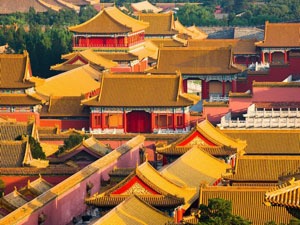For example hip roofs could only be used for imperial palaces and temples during the ming and qing dynasties and glazed semicircular tiles usually yellow were mainly used for imperial palaces and temples.
Why east asian temples have sweeping roofs.
Theme of paintings in japan.
Multiple breaks in each roof lighten it further a double tiered roof might have 2 4 breaks in each tier.
East asian arts free download as powerpoint presentation ppt pptx pdf file pdf text file txt or view presentation slides online.
Theme of paintings in china.
There were many kinds of roofs in ancient chinese architecture.
Art east asian art 2nd grading study.
Buddhists believed that it helped ward off evil spirits which were deemed to be straight lines.
The lower tiers telescope toward the entrance.
Woodblock printing is a technique for printing text images.
49 the chinese origin guardian lion is also found in front of buddhist temples buildings and some hindu temples in nepal across asia including japan korea thailand myanmar vietnam sri lanka nepal.
The kandyan roof style for example bears many similarities to the east asian hip and gable roof technique which has its origins in china.
In northern temples the roof area is larger sweeping low to cover more of the wall.
Chinese roofs east asian temples and houses have sweeping roofs because they believe that it will protect them from the elements of water wind and fire.
Temples are the usual subjects in east asian painting.
Buddhists believed that it helped ward off evil spirits which were deemed to be straight lines.
4 classic types of roofs.
The figures at the tips are called roof guards.
East asian temples and houses have sweeping roofs because they believe that it will protect them from the elements of water wind and fire.
Flower birds landscapes palaces temples human figures animals bamboos stones.
Buddhists believed that it helped ward off evil spirits which were deemed to be straight lines.
5 east asian temples and houses have sweeping roofs because they believe that it will protect them from the elements of water wind and fire.





























